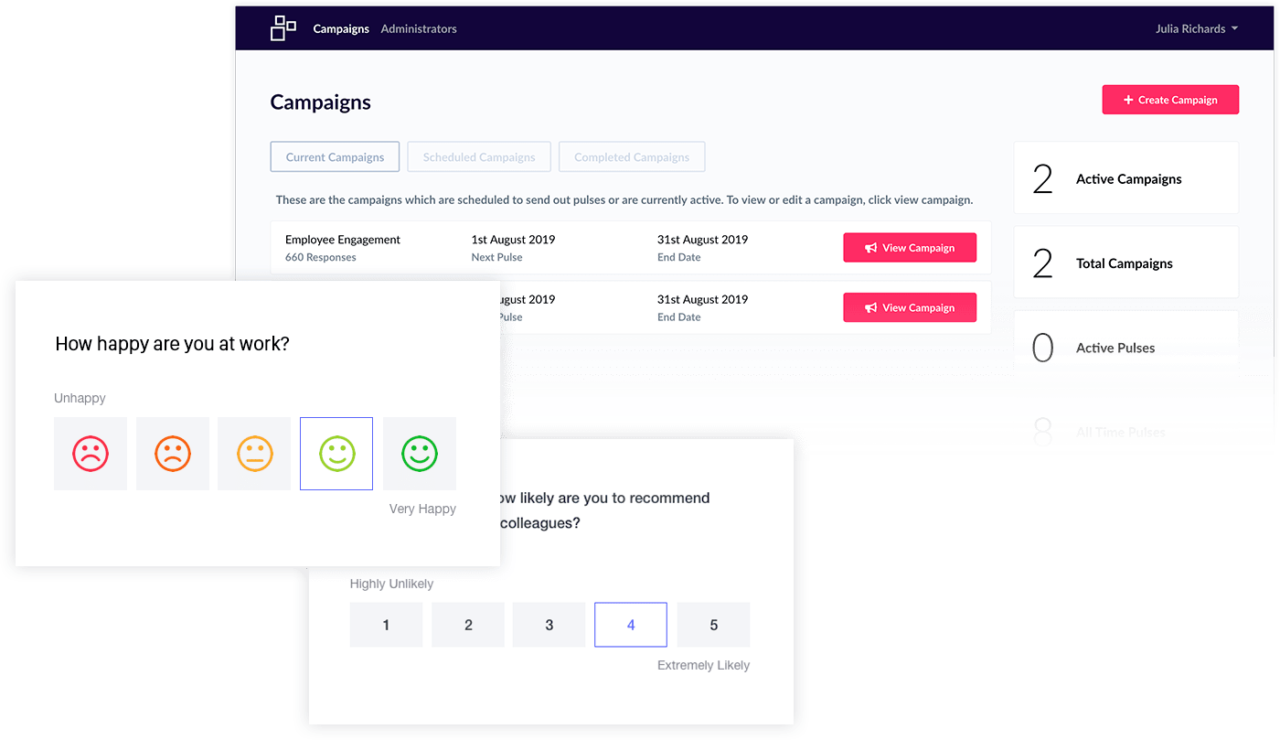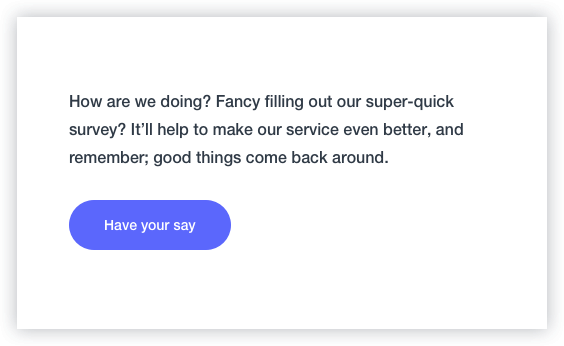The importance of the employee experience (EX) within an organization cannot be overstated. It’s much more than a simple metric used by HR; EX has a cultural impact that resonates around the business. And getting it wrong can have serious ramifications that spread across the company and into the daily culture.
Despite experts agreeing that EX is incredibly critical within the modern workforce, a study by Gartner found that just 13% of employees are happy with their own EX, an astonishingly low figure. Thriving workplace culture is something that most employees have come to expect from their organization, and it’s been proven that a lack of satisfaction in this area leads to trouble in other parts of the business. And with a global talent shortage affecting recruitment, a focus on EX is a quick win when it comes to hiring and keeping top talent.
Why does EX matter?
Employee experience is measured in a multitude of different ways. Engagement is deeply connected to EX, impacting job satisfaction, staff turnover, productivity, and other vital business metrics. Any successful internal communication strategy should focus on employee interaction and collaboration, underpinned by workplace values and culture.

If your EX is suffering, it’s essential to act fast. Failing in this area sends a negative message to employees, and they can quickly become disconnected. Although it feels like you have a mountain to climb when starting out with a poor EX, it’s easier than you might think to get a measure of staff sentiment and then act accordingly. That’s where the intranet comes in; more specifically, Pulse surveys.
How can Pulse surveys help improve EX?
Surveying staff is an efficient way to discover the feelings of the workforce and address any ongoing issues that otherwise may have been hidden. But employees are often busy and don’t necessarily have time to sit down and spend half an hour on a long-form survey. In fact, somewhat ironically, using surveys repeatedly in this manner is a sure-fire way to damage your EX.
Planning and deploying a successful intranet
Pulse surveys are designed to be quick and easy, increasing participation. Doing them frequently, perhaps every few weeks or months, as opposed to an annual employee survey, means that the information you receive is current and provides actionable insights. With annual surveys, you may miss past issues due to the delay and accidentally gloss over any problems with the EX.
A 2022 study by Gallup found that only 32% of employees class themselves as ‘engaged’, and this stat is dropping fast. But what can employers do to tackle this? It’s important to remember that surveys on their own are not a cure for a bad EX. The data must be actioned to bring meaningful change within the work environment – in other words, knowledge is not the only thing you need. To increase employee engagement, it must be acted on. Analytics and Pulse surveys will alert you to the issue, but organizations themselves must be the ones to tackle problems.

A different type of survey
Pulse surveys are composed of a brief set of questions sent to employees semi-regularly to maintain transparency on their changing views and job-related concerns. As the name suggests, they are designed to read the ‘Pulse’ of employees’ sentiment regarding organizational developments and should be more frequent than the annual employee surveys (although Interact’s Pulse tool can also used to perform multi-question annual surveys too). Organizations can share them as often as they want – monthly, quarterly, or weekly if they are short. To keep engagement high, frequently sent surveys should be quick and easy to complete.
In fact, one of the key drivers behind the success of Pulse surveys is their length. They are concise and don’t take too much effort from employees who are often busy and want to avoid distractions. The third-party annual surveys that organizations often conduct can be a considerable amount of work, taking a long time to format and even longer to complete. Overdoing these hampers productivity and annoys employees, driving down the EX even more; it’s simply counterproductive.
The benefits of Pulse surveys
Pulse surveys make employees feel like they have a voice within the organization. Whether you choose to make them anonymous or not, it is an opportunity for employees to be honest about their own personal EX, so businesses can take action if required. Suppose there has been a recent change within the organization, for example, a switch to hybrid working, a new leadership team, or a merger. Using Pulse surveys can gauge the general response to these issues without asking too directly, providing the leadership team with feedback and context during the evolution of this change.
Planning and deploying a successful intranet
It’s this analysis of information that helps organizations make improvements over time. Leaders can see what is popular with employees and the aspects they are not enjoying; they can make monthly improvements and see if they resonate or not. This hands-on approach allows for a quick amendment of strategy if EX seems to be going awry, rather than waiting for data from the annual survey to make changes. Leaving issues to fester could mean the damage is already done, and some talented employees may even have left.
Another clear benefit of using this short form survey style is that it encourages a culture of communication within the business. For the organization, these quickfire questions don’t take a long time to prepare and can provide invaluable real-time data that is trackable and comparable. For employees, it shows that their opinions do matter to those above, and encourages openness on their thoughts and insights on how to improve certain aspects of the business. When you implement values, including a cultural value that talks about communication is an excellent way to practice what you preach without taking too much time away from anyone internally.

Check the Pulse of your organization
Getting employees to behave in this manner allows for a period of self-reflection. And Interact’s customers typically see their survey engagement rates double when using this style of survey over the longer, more arduous annual forms. There are some key features that make Pulse surveys so successful:
- Flexible and tailored to your needs
Every organization is different and has varied priorities; Pulse is the same. It can be used for a single question: “Would you recommend us to a friend as an employer?”, or several multiple-choice options and scheduled at a time to suit those in different time zones.
- Monitor Employee Net Promoter Score (eNPS)
First pioneered by Apple, the eNPS allows easy tracking of metrics regarding employee engagement. It shows actionable, real-time data on EX, the business’s cultural impact, and overall workforce sentiment.

- Customizable and anonymous
Some surveys will, by nature, be on sensitive subjects. Switching on the anonymous feature for these is beneficial to ensure participation doesn’t dip. Employees often feel more comfortable being honest in an unidentifiable setting. There may be other occasions where knowing the specific team of participants is valuable, and this can be adjusted to reflect the requirements of each particular poll.
- Ask who you want, when you want
Got a precise question? Send targeted distribution to specific employees or teams by diversifying the data. Not all options will be relevant for everyone, so this allows for more honed-in questioning that keeps things pertinent for all.

- Hit the ground running
It’s simple to start using Pulse surveys. No setup or implementation is required, no complicated software or additional bolt-on. Everything you need is contained in the realms of the intranet, so just switch it on and get cracking.
When used correctly, Pulse surveys are incredibly helpful in managing the positive and negatives of the employee experience. They identify ongoing problems within the workforce before they manifest as larger issues and track what is working well for employees. There isn’t a better way to collect and judge real-time data on workplace sentiment, so any organization that isn’t undertaking them is essentially operating blind, and may ultimately suffer the consequences.


